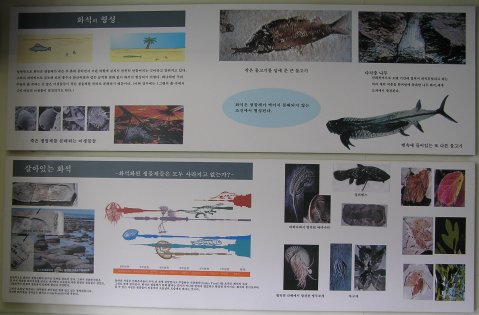The bombardier beetle is an amazing animal. It has a fully-functional chemical weapon that it uses to protect itself. Inside its body are two chambers that are separated by a muscle-controlled valve. In the first chamber, the beetle makes and stores hydrogen peroxide and hydroquinone. In the second chamber, it makes and stores two enzymes. When the beetle feels threatened, it opens the valve between the two chambers, which allows all the chemicals to mix. The enzymes catalyze a reaction between the hydrogen peroxide and hydroquinone, resulting in the production of a very hot gas. The gas builds up pressure and is then released, shooting from the abdomen and hitting whatever the beetle thinks is a threat. As shown in the video above, this weapon is quite effective.
The bombardier beetle has fascinated young-earth creationists for quite some time, because its chemical weapon is best understood as a product of design. This fascination caused Dr. Andy McIntosh, a young-earth creationist, to lead his research team at the University of Leeds to develop an artificial system that mimics the bombardier beetle’s weaponry. What was the result? New technology that received the 2010 Outstanding Contribution to Innovation and Technology award at the Times Higher Education awards ceremony in London.
Continue reading “Young-Earth Creationist Leads Award-Winning Research Team”





